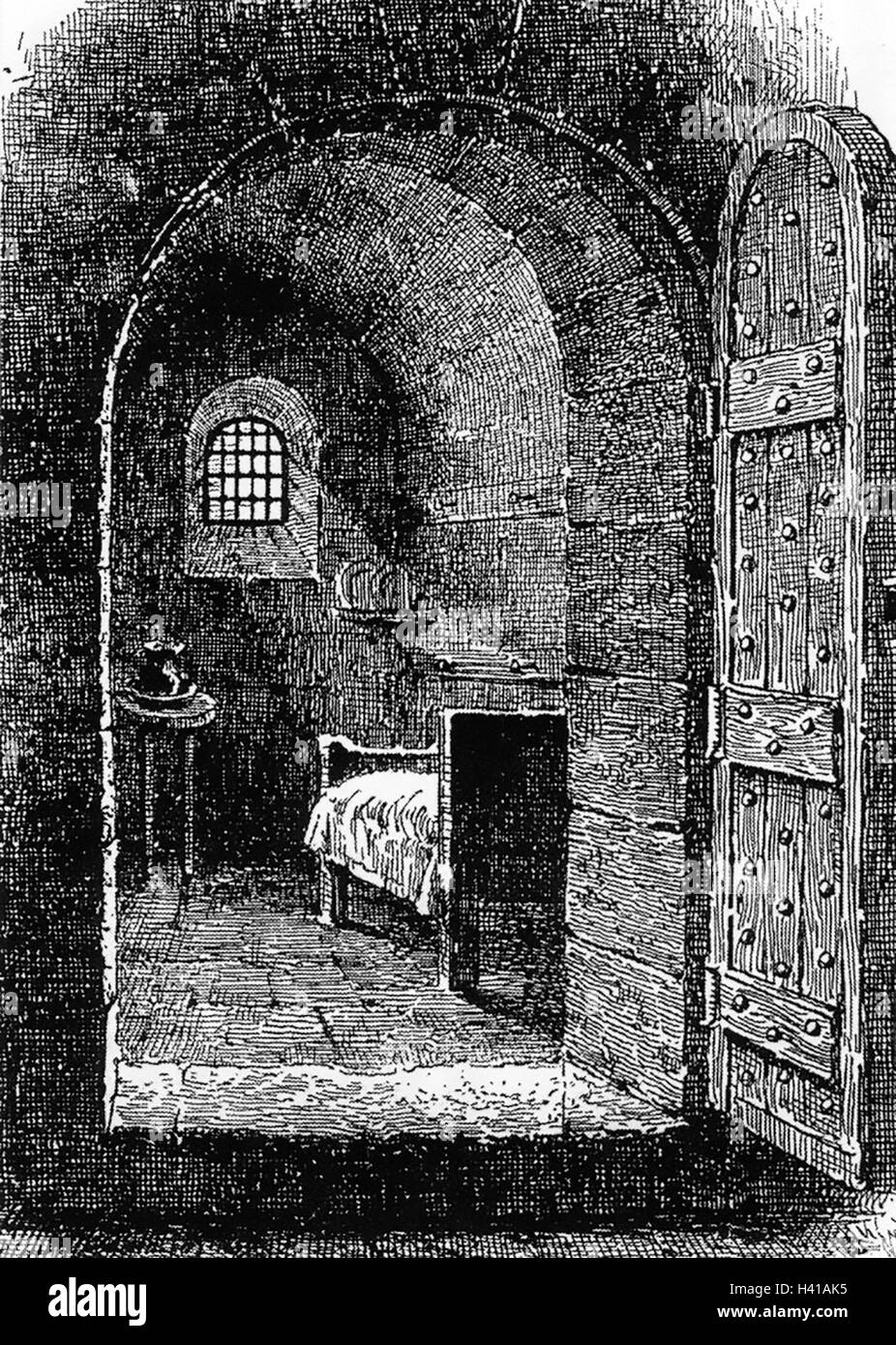

Violating the ancient laws of sanctuary, the sheriffs, aldermen and the City Chamberlain along with a crowd of people stormed St Martin’s and wrenched Knight and his rescuers out, slamming them all up in Newgate. Lying in ambush in Panyer Alley, they waited until he was taken past the south side of the church, then leaped out and dragged him into the precinct. “A group of cunning friends fabricated debt charges against him, requiring him to be frogmarched to Guildhall - St Martin’s lay on the route. “In 1430, a soldier called Knight was languishing in Newgate Prison,” writes Dr Matthew Green in his book London: A Travel Guide Through Time. St Martin’s Le Grand was a popular option. The dream of all condemned criminals would be an escape on the way to the gallows - or from prison - and a mad dash to the nearest church, where sanctuary might be found. Prisoners would be taken there from Newgate Prison, via St Giles in the Fields and Oxford Street, with some permitted a final drink at a pub en route – the source of the phrase “one for the road”, some believe. Back then it was a mere village, but it soon became synonymous with public executions. Smithfield fell from favour as an execution site in the 1400s, with Tyburn (close to the modern landmark of Marble Arch, one of central London’s busiest corners) seizing the limelight. Smithfield was originally known as “Smooth Field”, and was a grassy area beyond the old city walls with easy access to grazing and water (from the Fleet river), making it a logical location for a livestock market (as well as summer fairs and the occasional public hanging). In 1869 the Wallace Monument was erected near Stirling Bridge. A memorial to the Scot can be seen today outside St Bartholomew's. Wallace’s head was tarred and put on display atop the southern gatehouse of London Bridge his limbs were placed (separately) in Perth, Stirling, Berwick and Newcastle, and a quarter was sent to Aberdeen (it’s said to be entombed in the walls of St Machar's Cathedral). It happened much like in the movie, Braveheart (hung, drawn and quartered), though there is no evidence to support the blood curdling cry of “Freedom!”

It was also the site of William Wallace’s execution in 1305.

St Bartholomew's Hospital features a plaque to commemorate several of them. Many of the Marian Martyrs, protestants slaughtered under Queen Mary, met their demise at the Elms at Smithfield, London’s oldest execution site. Join us for a macabre tour of the capital's most notorious public execution sites.


 0 kommentar(er)
0 kommentar(er)
